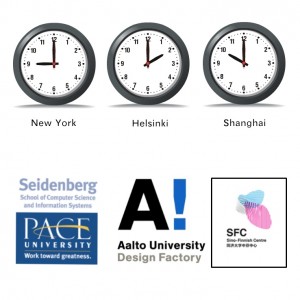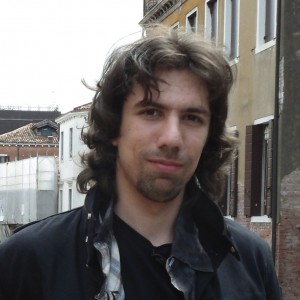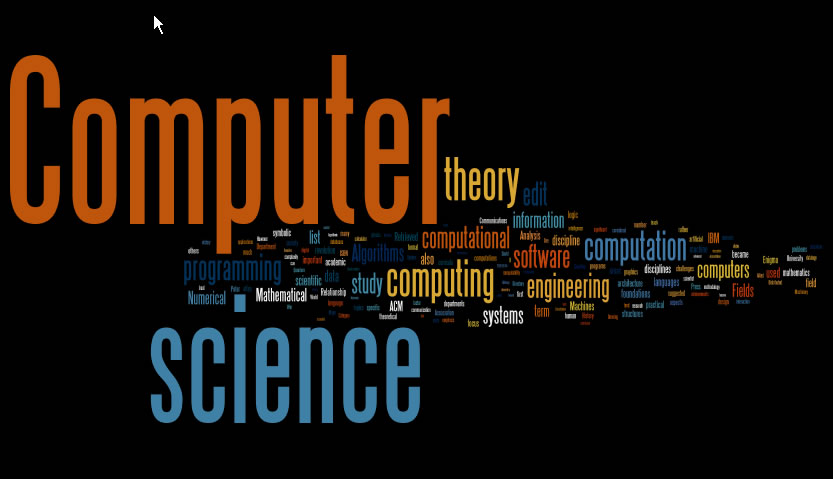Of Seidenberg’s four initiatives, we often don’t get around to talking about Distributed Teams, in comparison to how much we talk about the other three. So let’s talk about it.
Distributed Teams, also commonly referred to as ‘Virtual Teams’ or ‘Remote Teams,’ are groups of people who collaborate on one project together, except not all the team members are in one location. Now that the world is becoming more and more connected through the internet, but physically getting from place to place still takes time and money, people are continuously improving ways to work together from a multitude of locations. These locations can be as close as our two Pace campuses, or locations can be dispersed across the world (see: Design Factory).
This method of collaboration is still relatively new, and requires constant TLC, which Seidenberg has been researching and testing through various projects. Seidenberg chooses this field as one of our top four initiatives because it offers students, alumni, and faculty a global experience. Students, alumni, and faculty can all benefit from partnerships with universities around the world, as well as companies who choose to incorporate global perspectives when designing or distributing a product. Distributed Teams as a method of collaboration is rapidly gaining importance in the professional world, and we here at Seidenberg prefer to stay on top of the changes and innovations in the field.






